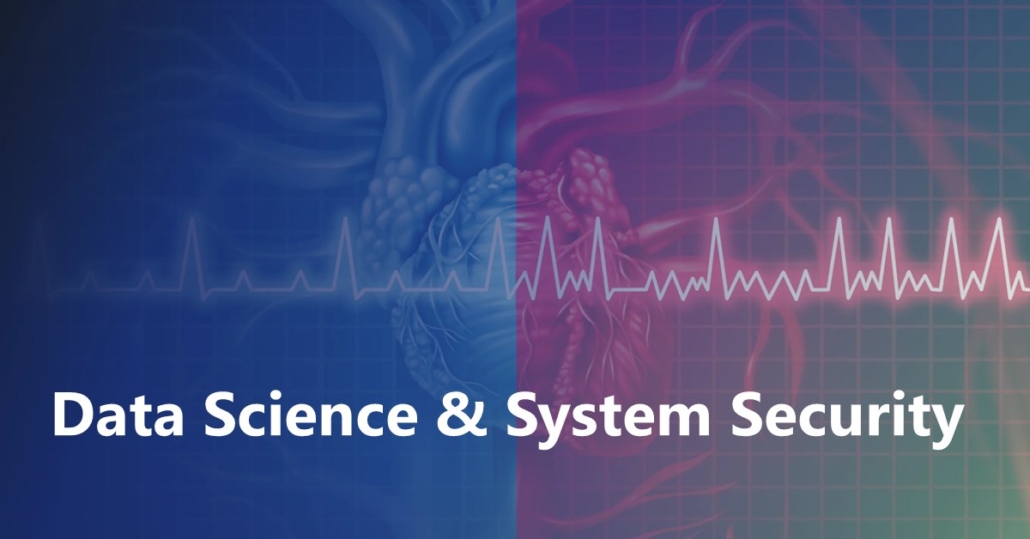Temporal Graph based Incident Analysis System for Internet of Things
Internet-of-things (IoTs) deploy a massive number of sensors to monitor the system and environment. Anomaly detection on sensor data is an important task for IoT maintenance and operation. In real applications, the occurrence of a system-level incident usually involves hundreds of abnormal sensors, making it impractical for manual verification. The users require an efficient and effective tool to conduct incident analysis and provide critical information such as: (1) identifying the parts that suffered most damages and (2) finding out the ones that cause the incident. Unfortunately, existing methods are inadequate to fulfill these requirements because of the complex sensor relationship and latent anomaly influences in IoTs. To bridge the gap, we design and develop a Temporal Graph based Incident Analysis System (TGIAS) to help users diagnosis and reaction on reported anomalies. TGIAS trains a temporal graph to represent the anomaly relationship and computes severity ranking and causality score for each sensor. TGIAS provides the list of top k serious sensors and root-causes as output and illustrates the detailed evidence on a graphical view. The system does not need any incident data for training and delivers high accurate analysis results in online time. TGIAS is equipped with a user-friendly interface, making it an effective tool for a broad range of IoTs.


